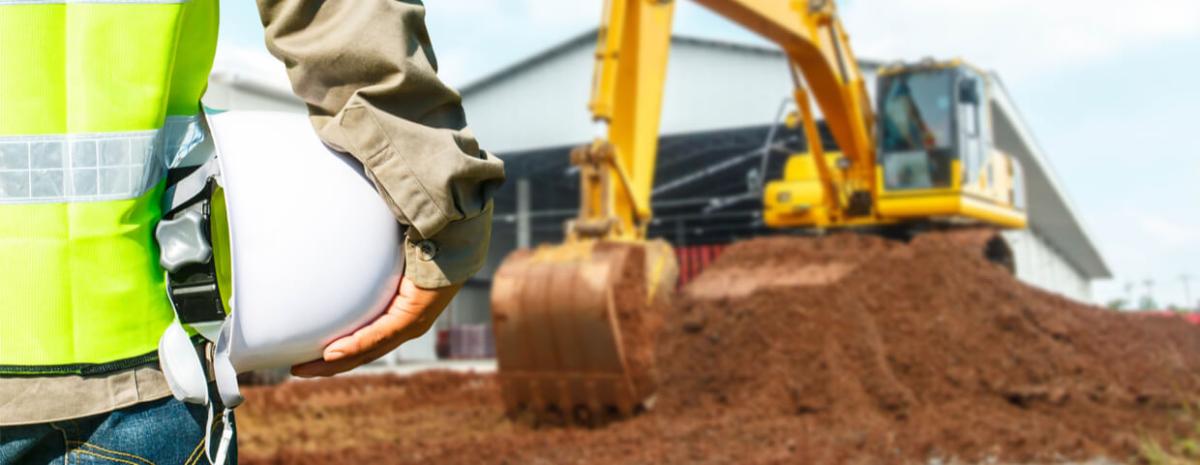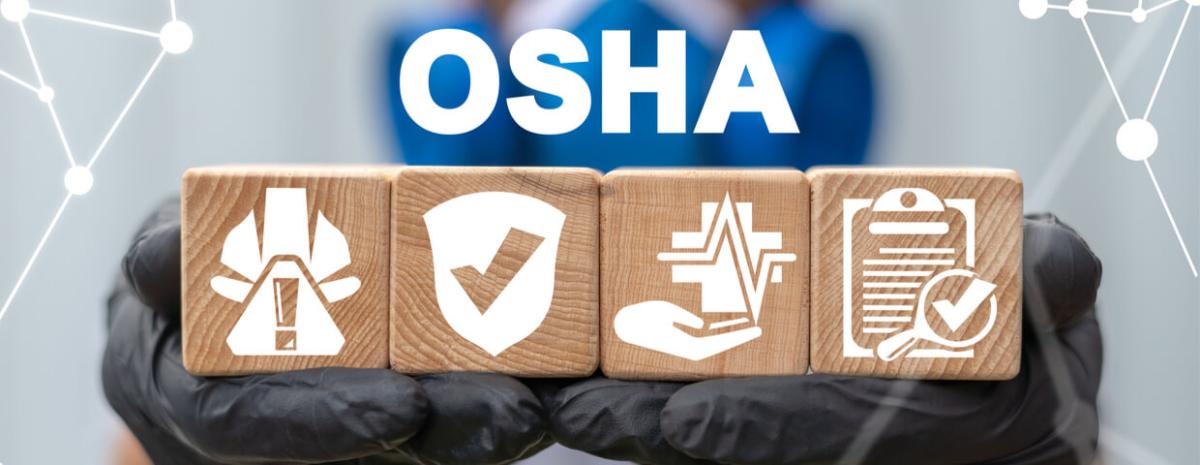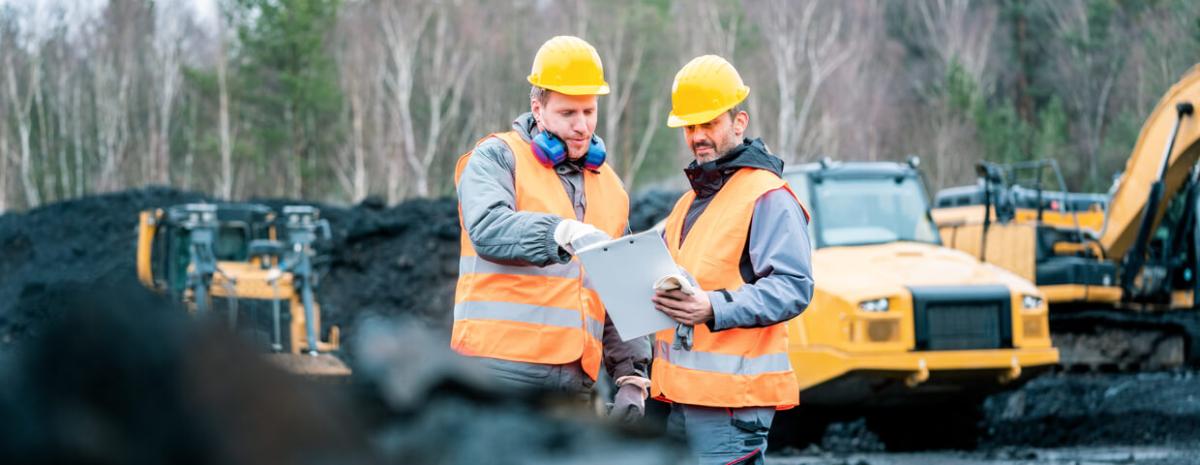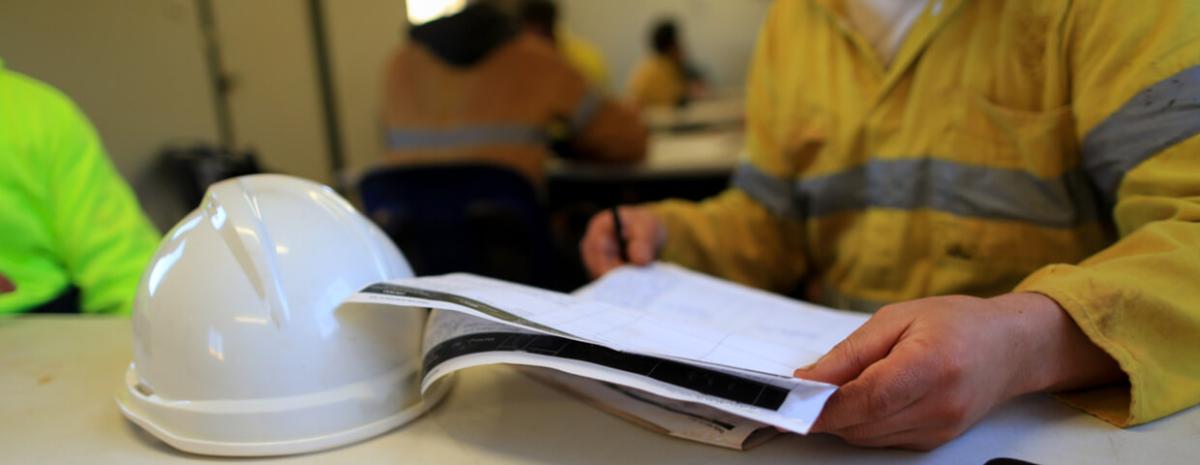Scaffolding regulations are dangerous because they have severe consequences if not followed closely. Working with OSHA to ensure appropriate compliance and training for scaffolding safety is essential for any construction team.
Blog
Our BLOG focuses on current safety and health topics providing readers with relevant information and viable solutions for addressing safety concerns. Visit us using your favorite social media platform to contribute to the BLOG or contact us to ask a safety and health-related question.
Do you want to be the first to see our most recent BLOG? Subscribe and we’ll make sure you don’t miss it!
OSHA's 4 Big Construction Safety Guidelines

Working in construction is more complicated than some people might think. As a manager or owner, there are many considerations, compliance requirements, and other behind-the-scenes business issues that many people never see.
Who Should Take Defensive Driving?

Defensive driving courses are offered all around the country, and for a good reason. Car accidents are a leading cause of death in the United States, so defensive driving courses can help you to drive safer to protect yourself and your family.
Defensive driving is also required by many jobs that involve driving while on the clock. Defensive driving courses can save the company money, and applying the skills learned can help you be safer at work.
Why Training for Excavation and Trenching?

Excavation and trenching training are critical in construction because job site disasters like collapsing of trenches and the resulting injuries and possible fatalities are highly avoidable.
OSHA Competent Persons Training Overview

Training and proper employee comprehension of safety, prevention, and compliance is an essential aspect of many industries and businesses.
Every Company Needs CPR Training

Major health issues can happen anytime, in any location. It can happen at home, while traveling, or in the office. If you are responsible for a team in your office, they must know how to respond if a customer or coworker had an urgent medical issue.
MSHA Part 46

Do you have questions about MSHA, what it means for you, and how it impacts your workplace safety training regimen? Read on to find out everything you need to know, plus a few tips for implementing Part 46 guidelines.
The Difference Between MSHA Part 46 and Part 48

If you're seeking comprehensive information on MSHA guidelines, workplace safety, and the finer aspects that can make a significant difference in your training courses, you've landed on the right page. In this article, we'll delve deeper into MSHA Parts 46 and 48, equipping you with a thorough understanding of their purpose, significance, and how to seamlessly incorporate them into your complete workplace safety training regimen.
What You Need to Know
Let's address some of the prominent questions you may have about MSHA and workplace safety training:
What to Focus on in Workplace Safety Training

Workplace safety, and especially workplace safety training, can feel like a big responsibility--especially when lives are at stake. Here are just a few tips to make the task more manageable.
What You Should Know About Bloodborne Pathogens

The world is a messy and sometimes dangerous place. To keep your employees safe, happy, and comfortable, it's essential to understand all the requirements for avoiding specific incidents and health risks, especially when it comes to bloodborne pathogens. Here's everything you need to know, straight from OSHA requirements.

